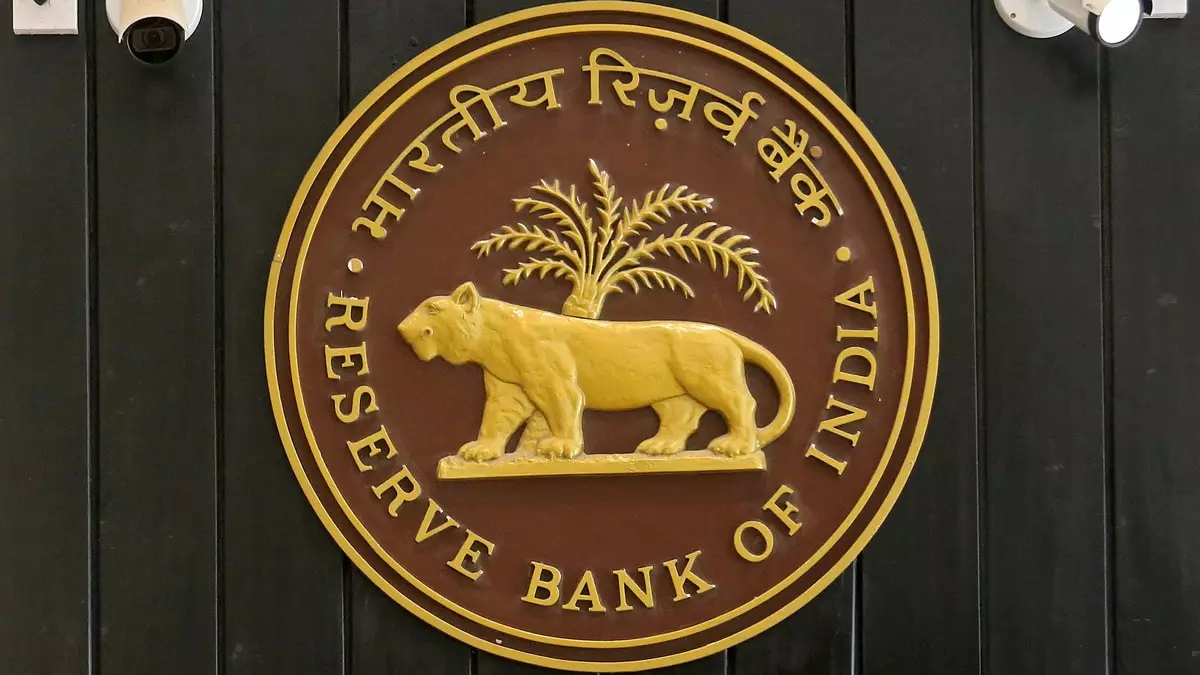India’s digital Rupee, also known as the eRupee central bank digital currency (CBDC), is currently undergoing advanced trials conducted by 16 national banks. The eRupee has successfully onboarded five million users during its pilot phase, according to RBI Governor Shaktikanta Das. Speaking at a conference in Bengaluru, Das emphasized the importance of thorough investigation before deploying the CBDC on a national scale. The retail pilot phase of the eRupee, which commenced in December 2022, focuses on enabling peer-to-peer transactions.
Key Features of eRupee
The eRupee is undergoing testing for offline capabilities and programmability functions, which are deemed essential features by Das. The programmability feature of the eRupee holds the potential to enhance financial inclusion in India, particularly for tenant farmers who face challenges in accessing agricultural credit due to the lack of land titles to submit to banks. By programming the end use of funds for purchasing agricultural inputs, banks can establish the identity of farmers through the utilization of funds rather than land holdings. This programmability aspect also enables farmers to secure purpose-bound funds for generating carbon credits, showcasing the versatility of the eRupee.
Upcoming Developments for eRupee
In addition to programmability, the eRupee is set to introduce other key features, such as adding a layer of anonymity to transactions and enabling the CBDC to function in offline environments. The 16-page transcript of Das’ speech detailing these advancements is being shared within India’s fintech community via platforms like LinkedIn. While the RBI maintains a cautious stance on cryptocurrencies, it believes that CBDCs like the eRupee represent the future of payment systems for both domestic and international transactions. These digital currencies operate as virtual representations of fiat currencies on blockchain networks, ensuring permanent and immutable transaction records. Unlike cryptocurrencies, CBDCs are issued and overseen by central banks, providing a more regulated approach to digital transactions.
As India progresses towards embracing digital currencies, the eRupee stands out as a promising initiative that combines innovation with financial inclusion. With its unique features, including programmability and offline functionality, the eRupee is poised to transform the traditional financial landscape in the country. By leveraging the benefits of blockchain technology, CBDCs like the eRupee offer a more transparent and secure alternative to traditional paper notes. As central banks worldwide explore the potential of digital currencies, the eRupee sets a precedent for the future of digital payment systems in India.


Leave a Reply